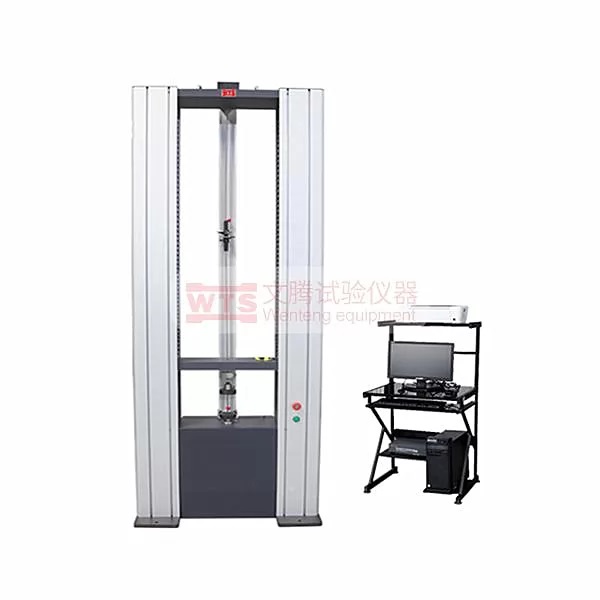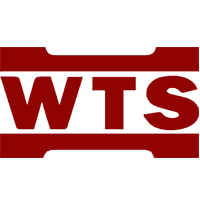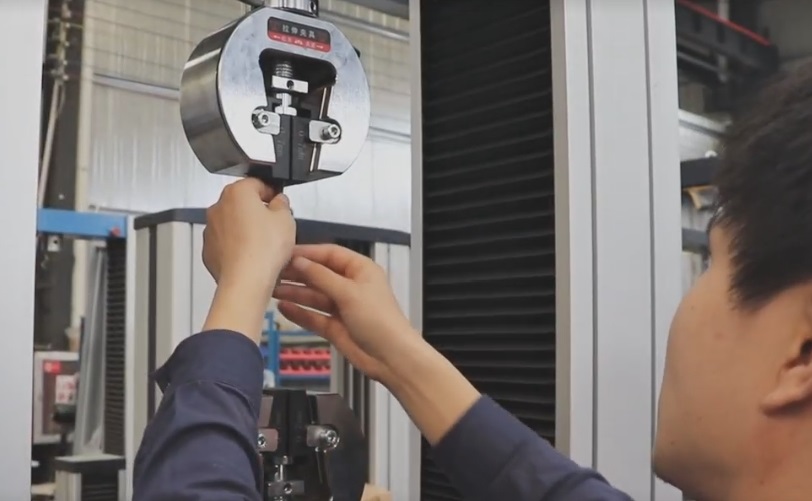Universal testing machines (UTMs) are essential for evaluating the mechanical properties of materials, and the accuracy of their tensile test results directly impacts product quality assessment. This article explores the five most critical technical indicators for tensile testing with UTMs, helping you understand how to evaluate the reliability of test data.
Maximum Test Force (Load Capacity)
Force measurement accuracy ensures reliable tensile test data:
International standards (e.g., ISO 7500-1) require Class 0.5 or Class 1 accuracy
Resolution should typically be at least 1/300,000 of the full capacity
Key factors include linearity error, repeatability error, temperature drift, and long-term stability
Force Measurement Accuracy & Resolution
Force measurement accuracy ensures reliable tensile test data:
International standards (e.g., ISO 7500-1) require Class 0.5 or Class 1 accuracy
Resolution should typically be at least 1/300,000 of the full capacity
Key factors include linearity error, repeatability error, temperature drift, and long-term stability
Displacement Measurement System Performance
Precise displacement measurement is crucial for analyzing material deformation:
Optical encoders typically offer resolutions of 0.1μm or better
Extensometers should achieve strain measurement accuracy better than 0.5% of indicated value
Large deformation tests require sufficient testing space and stroke length
Modern UTMs often use non-contact video extensometers
How to Choose the Right Universal Testing Machine
Beyond these key indicators, consider:
Compliance with testing standards (ASTM, ISO, GB, etc.)
Sample type and dimensions
Laboratory environmental conditions
Future testing requirements and scalability
Manufacturer support and service capabilities
A high-quality UTM should provide traceable data, meet certification requirements, and allow upgrades for future testing needs.
By understanding these critical indicators, you can better assess UTM performance, ensuring accurate and reliable tensile test data for material research and quality control.








